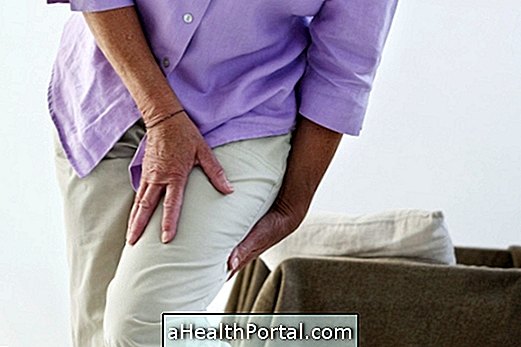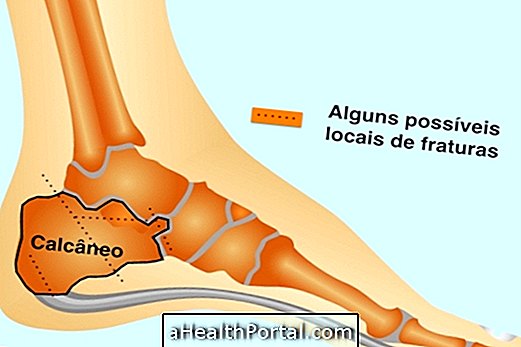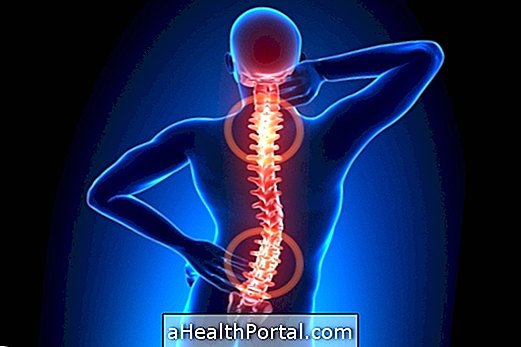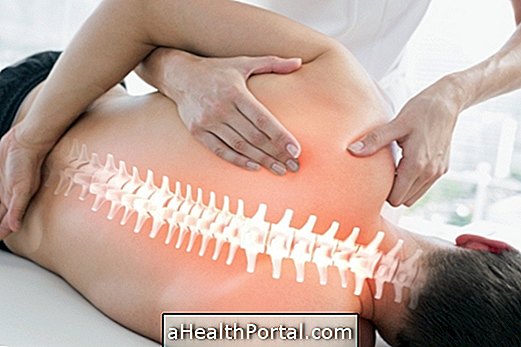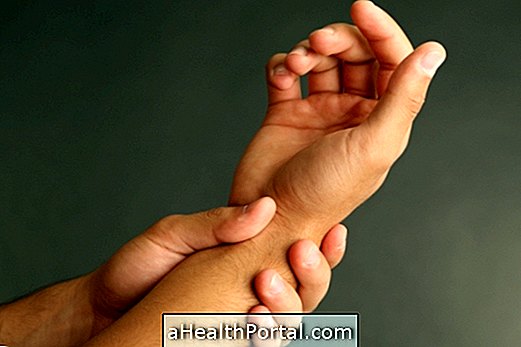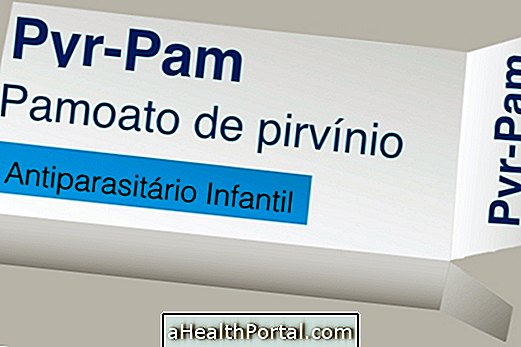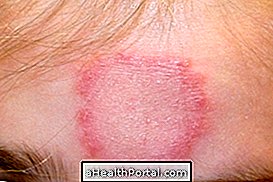Tendonitis is an inflammation of the tendons, which are the structure that connects the muscles to the bones, causing localized pain, difficulty moving the affected limb, and there may be a slight swelling or redness on the site.
Generally, tendinitis treatment should be done with the use of analgesic and anti-inflammatory medicines prescribed by the doctor and also with some physical therapy sessions. In addition, it is important to rest the affected region so that the tendon has the possibility of healing.
Tendonitis can occur in any tendon in the body, but it is more common in the shoulders, elbows, wrists, and knees.
Symptoms of tendinitis in the shoulder, elbow and arm
Symptoms of tendinitis in the shoulder, arm or forearm include:
- Pain at a specific point on the shoulder or forearm, which may radiate to the arm;
- Difficulty in performing some movement with the arm, such as raising the arms above the head and difficulty in holding heavy objects with the affected arm
- Arm weakness and a feeling of wheezing or shoulder cramps.
Here's how to relieve the symptoms: Tendonitis in the shoulder.
Tendonitis in the arms usually arises due to repetitive efforts such as playing musical instruments for many hours at a time, washing or cooking, for example. Individuals who are more likely to develop shoulder tendonitis are athletes, musicians, telephone operators, secretaries, teachers, and housekeepers, for example.
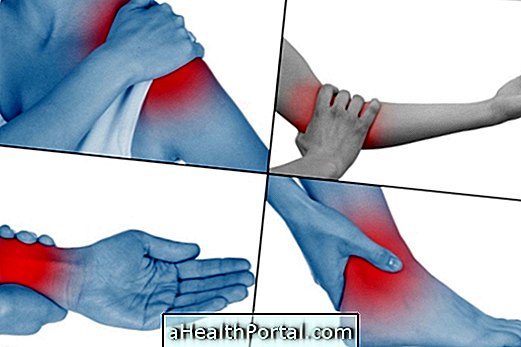
Symptoms of tendinitis in the knee
Specific symptoms of tendonitis in the knee, also called patellar tendonitis, can be:
- Pain in the front of the knee, especially when walking, running or jumping
- Difficulty performing movements such as folding and stretching of the leg, climbing stairs or sitting on a chair
The individuals who usually develop tendonitis in the knee are athletes, physical education teachers and those who spend a lot of time kneeling like the maids, for example. Learn more at: Knee Tendonitis.
Symptoms of tendinitis in the hip
Specific symptoms of tendinitis in the hip may include:
- Sharp, stabbing pain located in the hip bone, which worsens when the subject performs any movement with the hip such as standing or sitting;
- Difficulty in sitting or lying on the side, on the affected side, due to pain;
- Difficulty walking, it is necessary to lean on walls or furniture, for example.
Tendonitis in the hip is more common in the elderly due to the natural wear of the structures that form the hip.
Symptoms of tendinitis in the wrist and hand
Specific symptoms of tendonitis in the wrist or hand are:
- Pain in the wrist that worsens when performing hand movements;
- Difficulty in making certain movements with the fist because of the pain;
- Difficulty in holding a glass, for example, due to weakness of the muscles of the hand.
Find out how to reduce pain in: Tendonitis in the hand.
Any individual who has a job where he or she makes a repetitive effort with their hands may develop tendinitis in the wrist. Some situations that favor their installation are teachers, workers, painters and individuals who work a lot of time with hands like those who make handicrafts and other crafts.
Symptoms of ankle and foot tendinitis
Specific symptoms of ankle and foot tendinitis are:
- Pain localized to the ankle, especially when moving it;
- Sensation of slings on the affected foot at rest or while walking.
Learn more at: Ankle tendonitis.
Foot tendinitis is more common in athletes and women who wear high heels often due to inadequate foot position.
How To Treat Tendonitis
Treatment for tendinitis is done with anti-inflammatories prescribed by the physician, use of ice packs 3 to 4 times a day for approximately 20 minutes at a time, and physical therapy. Here's an easy way to relieve pain at home at: Home Remedy for Tendonitis.
Tendonitis has a cure, but to achieve it, it is very important to stop performing the activity that caused it or any other effort with the affected limb to give the tendon time to recover. If this measure is not met, tendinitis is unlikely to be completely cured and may lead to a chronic lesion called tendinosis, where there is a more severe impairment of the tendon, which may even lead to its rupture.
Here's how feeding can help cure tendinitis faster by watching:

See too:
- What is the difference between tendinitis and bursitis?
- Natural anti-inflammatory
